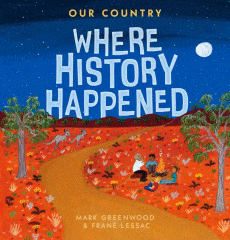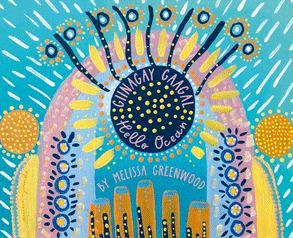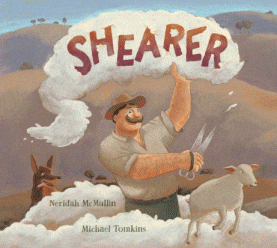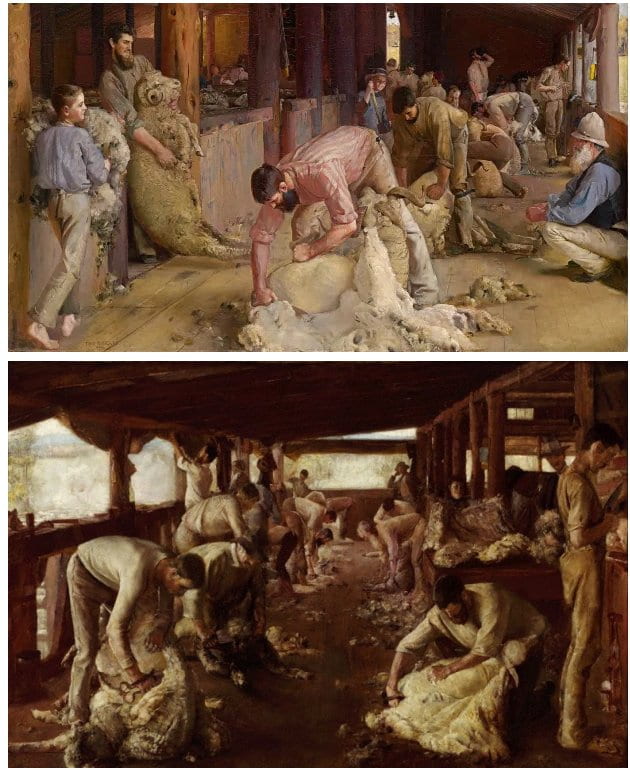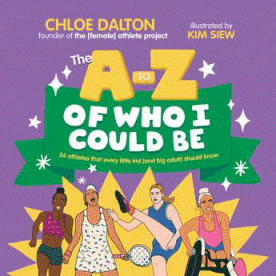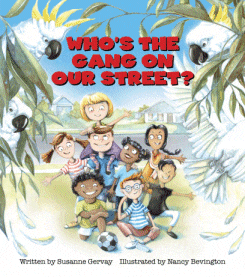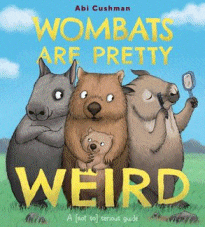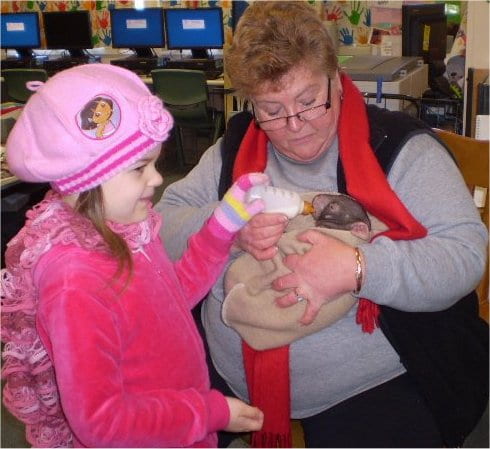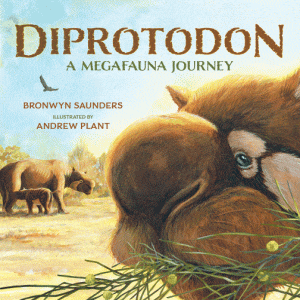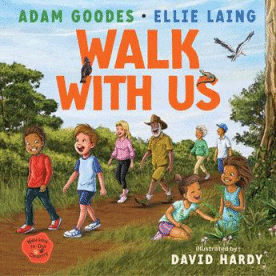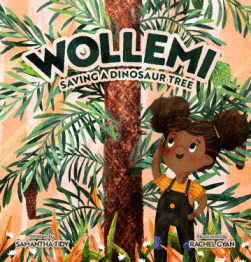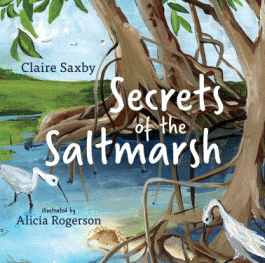
Secrets of the Saltmarsh
Secrets of the Saltmarsh
Claire Saxby
Alicia Rogerson
CSIRO Publishing, 2023
32pp., hbk., RRP $A24.99
9781486317141
Where the land meets the sea is a fringe that is sometimes sea and sometimes land – depending on the tides – one of the most unique environments of the planet. For thousands of years First Nations people have harvested the rich seasonal food resources they offer and they support countless life cycles from that of tiny bacteria to large migratory birds, each dependent on each other and the land, ocean, water, wind, sunlight and seasons, at the same time as they store up to four time more carbon than ordinary forests.
While they have often been drained to provide more room for human housing, slowly we are learning more about how critical they are to the planet’s health and this new book for younger readers by a master pf narrative non fiction starts to raise awareness from an early age. From the front endpaper featuring just some of the birds that can be found to the final one featuring fingerling fish, the book is a masterpiece of introducing this special, little-known environment. Written in the first person, each double page spread focus on either one of the elements that is so crucial to the saltmarsh or the creatures that live within it and how they contribute to wellbeing, and, like the inhabitants of the marsh, there is a symbiotic relationship between Saxby’s lyrical text and Rogerson’s illustrations.
Perhaps I was drawn to this book because I have just finished Where the Crawdads Sing by Delia Owens, a novel in which the environment plays such a significant part in the story, and, to my knowledge, there have been few books on this biome for young readers despite its diversity and importance. Nevertheless, like The Great Southern Reef, this is an environmental phenomenon that is accessible to so many of our students and thus one that greater awareness will build an appreciation for.
A must-have in any collection focusing on environmental biodiversity. Teachers’ Notes are available.
